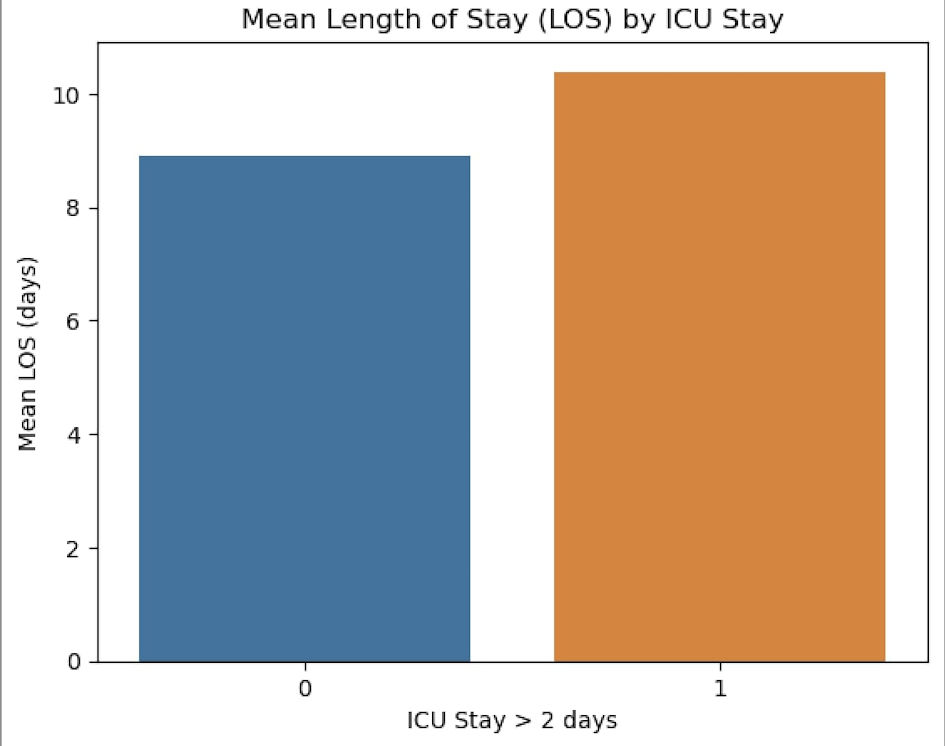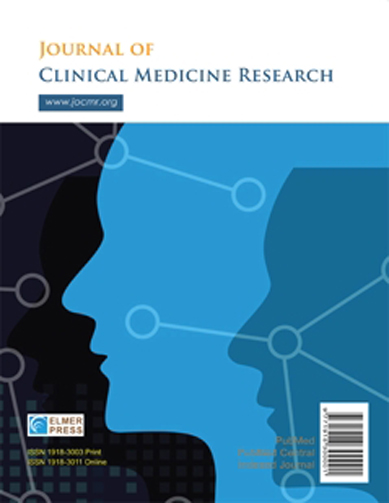Predicting Extended Intensive Care Unit Stay Following Coronary Artery Bypass Grafting and Its Impact on Hospitalization and Mortality
DOI:
https://doi.org/10.14740/jocmr6024Keywords:
CABG, ICU, Hospitalization, MortalityAbstract
Background: Coronary artery bypass grafting (CABG) is a prevalent surgical procedure aimed at alleviating symptoms and improving survival in patients with coronary artery disease (CAD). Postoperative care typically necessitates an intensive care unit (ICU) stay, which is ideally less than 24 h. However, various preoperative, intraoperative, and postoperative factors can prolong ICU stays, adversely affecting hospital resources, patient outcomes, and overall healthcare costs. This study investigates the factors contributing to prolonged ICU stay (> 48 h) following CABG and CABG combined with valve surgery, and examines the associated impacts on complications and mortality.
Methods: This retrospective cohort study analyzed 1,395 patients who underwent isolated CABG or CABG combined with heart valve surgery at King Abdullah University Hospital (KAUH) between January 2004 and December 2022. Patients were categorized into two groups: those with ICU stays ≤ 48 h (group 1, n = 1,082) and those with ICU stays > 48 h (group 2, n = 313). Clinical, laboratory, and demographic data were collected and evaluated to identify risk factors for prolonged ICU stays.
Results: Patients in group 2 were older, with a mean age of 61.5 years compared to 58.7 years in group 1 (P < 0.001). Significant predictors of prolonged ICU stay included preoperative conditions such as recent myocardial infarction (odds ratio (OR) = 1.69, P = 0.015), chronic obstructive pulmonary disease or asthma (OR = 1.49, P = 0.003), and preoperative renal impairment (OR = 1.89, P = 0.002). Intraoperative factors such as emergency or urgent procedures (OR = 2.19, P < 0.001) and prolonged ventilator support (OR = 5.92, P < 0.001) were also significant. Postoperative complications, including renal impairment (OR = 6.78, P < 0.001) and pneumonia or sepsis (OR = 8.92, P < 0.001), were strongly associated with extended ICU stays.
Conclusions: Prolonged ICU stays are indicative of patients with more severe baseline conditions, greater surgical complexity, and higher rates of postoperative complications, which collectively contribute to increased risks of severe adverse outcomes and mortality. Prolonged ICU stays after CABG are strongly associated with preoperative comorbidities, intraoperative challenges, and postoperative complications, leading to increased mortality and significant healthcare resource utilization. Identifying these risk factors and implementing targeted strategies to address them can help minimize ICU stay durations, improve patient outcomes, and enhance the efficiency of cardiac surgery care. Future research should focus on refining predictive models and optimizing perioperative management to further reduce the burden of prolonged ICU stays on healthcare systems.

Published
Issue
Section
License
Copyright (c) 2024 The authors

This work is licensed under a Creative Commons Attribution-NonCommercial 4.0 International License.








